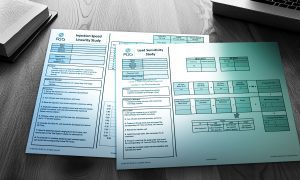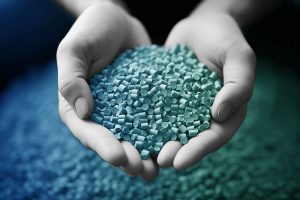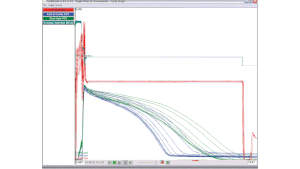- WHY RJG?
- RJG SOLUTION SUITE
-
-
- OverviewDiscover our full end-to-end suite of injection molding solutions.
- TrainingInjection molding training improves quality, reduces cost, and raises morale.
- TechnologyGain a competitive advantage with the industry’s latest technology.
- ConsultingGet to market faster and resolve ongoing processing challenges.
-
-
- SUPPORT
- RJG TRAINING ACADEMY
-
-
- Why RJG Training?Discover the perfect course for you or take our training placement questionnaire.
- Public Course RegistrationRegister for in-person injection molding training at one of our global facilities.
- Online Injection Molding TrainingLearn at your own pace with online eLearning or with one of our expert trainers with virtual instructor led training.
- In-Plant CoursesHave several employees you’d like to train simultaneously? We’ll come to you!
-
-
- RESOURCE CENTER
- ABOUT RJG
-
-
- AboutLearn more about who we are, what we do, and why we do it.
- LeadershipMeet our fearless leaders.
- Consultant TrainersMeet our expert consultant trainers.
- TestimonialsHear what our clients have to say about working with us.
- PartnersMeet our awesome partners who allow us to do what we do.
- EventsSee our upcoming events.
- Mold Smart AwardApply for our annual RJG Mold Smart Award.
- CareersWe’re hiring! Check out our open positions.
-
-
- NEWSLETTER









